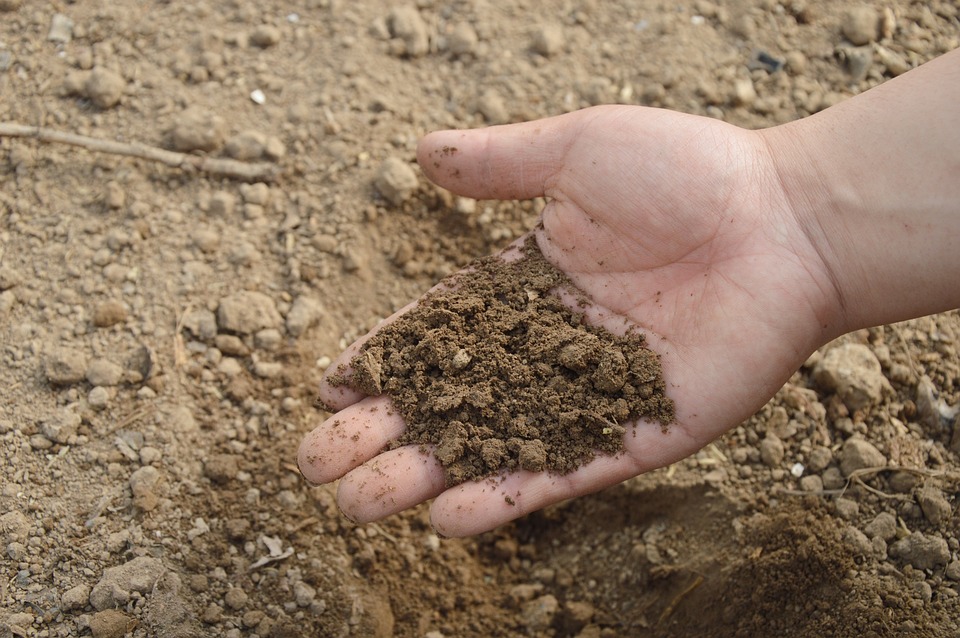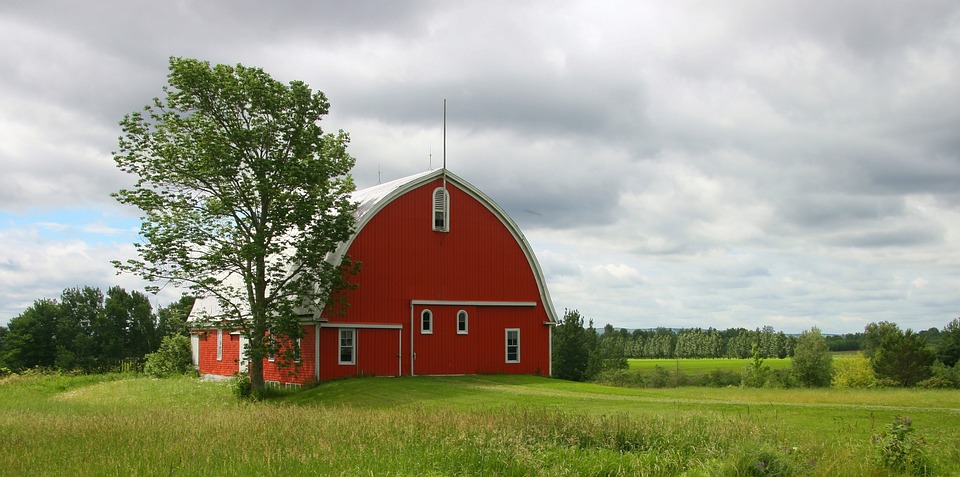Sustainability Starts at Home: Sustainable Garden Plants You Should Know About
Sustainability Starts at Home: Sustainable Garden Plants You Should Know About Picture this: a sunny morning, surrounded by the soft whispers of nature, you stroll through your lush garden, plucking fresh vegetables and aromatic herbs from thriving plants. The vibrant colors, the smell of the earth, and the knowledge that every bite you take is a step towards a more sustainable lifestyle — it’s a feeling like no other. As someone who has experienced the joy and fulfillment of sustainable farming and gardening, I can attest that sustainability truly starts at home. Today, I’m excited to share with you some lesser-known sustainable garden plants that will not only beautify your space but also contribute to a healthier planet. 1. Nettle (Urtica dioica): Nettle is a multipurpose plant that is not only sustainable but also packed with health benefits. It can be used as a nutrient-rich add-on to salads or cooked like spinach. Beyond its culinary uses, nettle is a natural fertilizer, attracting beneficial insects and improving soil quality. Additionally, nettle fibers can be used to create textiles, making it a sustainable alternative to conventional fabrics. 2. Sweet Potato (Ipomoea batatas): Sweet potatoes are not only a delightful addition to your plate but also great for the environment. They require less water compared to other crops and can be grown in a variety of climates. Furthermore, sweet potato leaves are edible and rich in nutrients, providing you with a versatile and sustainable option for your meals. 3. Comfrey (Symphytum spp.): Comfrey, a perennial herb with beautiful bell-shaped flowers, is a must-have in any sustainable garden. It acts as a green manure, accumulating nutrients from deep in the soil and making them available to other plants. Comfrey leaves also serve as a natural alternative to chemical fertilizers when used as a compost activator or liquid plant feed. 4. Mulberry Tree (Morus spp.): If you’re searching for a tree that gives back abundantly, look no further than the magnificent mulberry tree. Not only are mulberries delicious and packed with nutrients, but they also attract pollinators, provide shade, and have beautiful foliage. Growing a mulberry tree in your garden is an investment in a sustainable future. 5. Amaranth (Amaranthus spp.): With its vibrant, striking colors and nutrient-rich leaves, amaranth is a fantastic addition to any sustainable garden. This ancient grain yields plentiful crops while requiring minimal care, making it an excellent choice for those who are new to gardening. The seeds of amaranth are highly nutritious and can be used in a variety of dishes, from salads to porridges. 6. Yarrow (Achillea millefolium): Yarrow, with its delicate white flowers, is not only visually appealing but also highly beneficial to your garden’s ecosystem. It attracts beneficial insects like bees and ladybugs, acting as a natural pest control. Yarrow’s leaves can be used to create a nutrient-rich compost tea, providing an organic boost to your plants. 7. Sea Buckthorn (Hippophae rhamnoides): If you have some extra space in your garden, consider planting sea buckthorn. This shrub is a powerhouse of nutrients and a valuable asset to sustainable agriculture. Its berries are bursting with antioxidants, vitamins, and healthy fats, while the plant’s deep roots help prevent soil erosion. Sea buckthorn is a true champion in the sustainable garden. Pro Tips: – Companion planting improves the overall health of your garden. Consider planting marigolds to deter pests, or grow beans near corn to provide natural nitrogen fertilizer. – Water your plants with collected rainwater to reduce your water usage and increase sustainability. – Don’t forget to mulch! Mulching your plants helps retain moisture, suppress weeds, and improve soil health. In conclusion, sustainable gardening is not only a rewarding experience but also a crucial step in creating a greener future. By incorporating these lesser-known sustainable garden plants into your space, you’ll not only increase biodiversity but also create a haven for beneficial insects and wildlife. Remember, sustainability starts at home, and your garden can be the starting point for positive change. So grab your gardening gloves, get your hands dirty, and let your garden flourish as a beacon of sustainability and hope.










